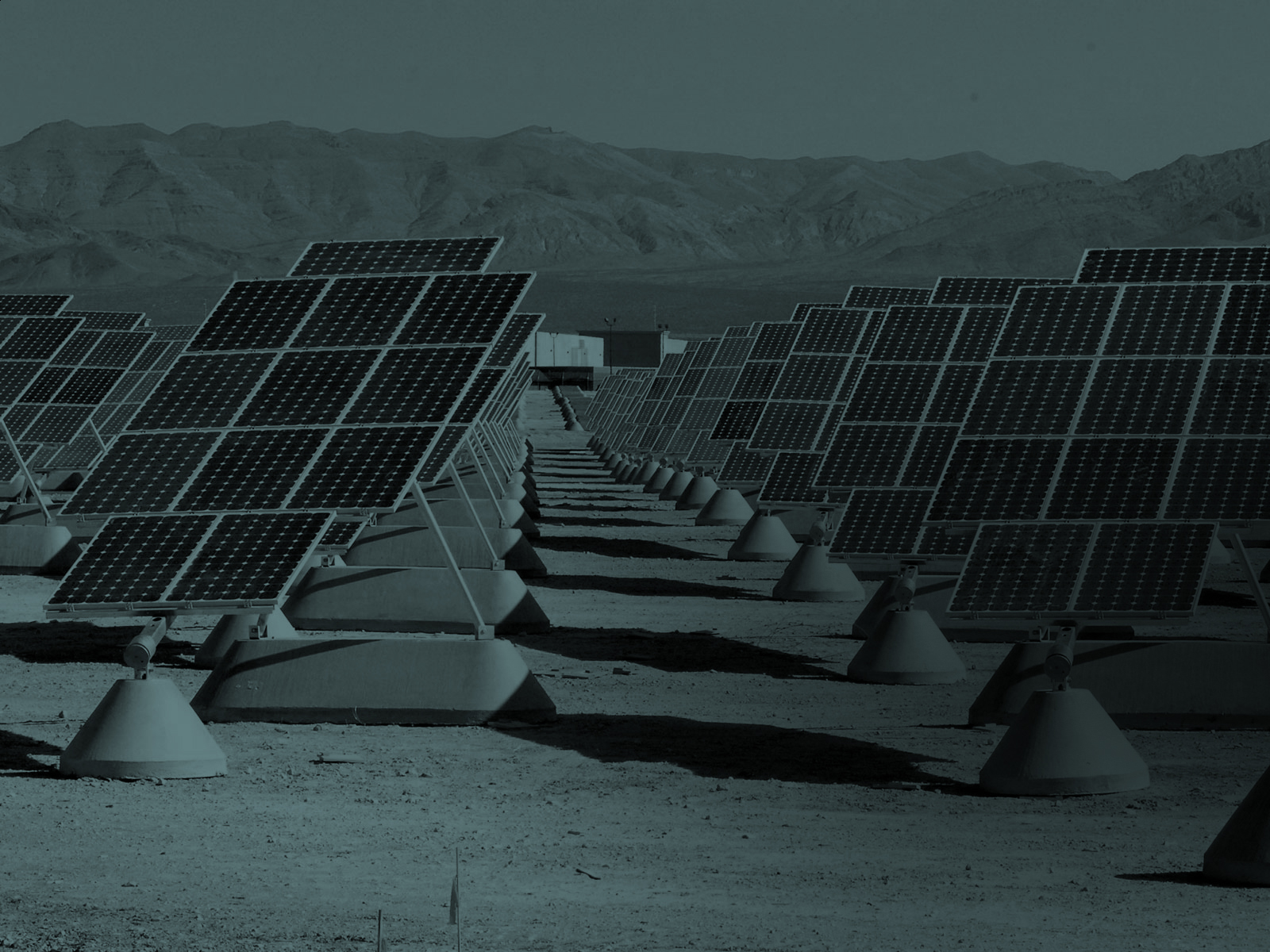It is almost certainly the case that humanity has entered a third, historic energy transition. The first two, from wood to coal in the 18th century and then coal to oil in the 20th century, in retrospect seem obvious in their outcomes. But no such benefit of hindsight exists today as economies--western in particular--struggle with the end of cheap oil. Left to cast about for the next primary energy source, energy futurists have probed everything from algae to thorium as industrialism limps slowly away from fossil fuels. But one technology offers promise: solar.
Long considered too expensive, solar may now be too cheap to ignore. Solar panels, employed to capture the diffuse rays of the sun, have crashed in price in recent years causing havoc among solar manufacturers. Panels are now barely one quarter of the price they were in 2008. The benefits have accrued instead to users, as efficiency of photovoltaic capture continues to advance, while price continues to decline. The result? Nearly exponential growth in installed, global solar capacity.
But solar’s emerging price competitiveness does not explain fully why world consumption has moved in just five years from 5 terrawatt hours (TWh) to over 55 TWh. A myriad of government inducements and incentives, which have admittedly drawn criticism, did indeed provide a running start to the nascent solar industry over the past decade. But more recently, solar’s ability to provide a much less complex energy alternative, say, compared to nuclear power, has drawn interest especially in the developing world. In countries such as India, where hundreds of millions of citizens remain unserved by the powergrid and constraints on coal-fired power capacity are formidable, solar is now gaining as a quicker, simpler way to add capacity.
The stagnation of nuclear power, meanwhile, provides a useful lens through which to compare the rise of solar. Global consumption of nuclear power was almost perfectly flat between 2001 and 2011 at just over 2600 TWh. Governments should take notice because, priced in terms of future liability, nuclear power’s enormous risk and expensive waste are ultimately borne by the public. If nuclear’s long construction timelines and heady cost overruns are now a headache, perhaps government support of solar is no longer utopian but, rather, a practical choice.
Solar, like other technologies which capture diffuse energy, can never replace the energy density of fossil fuels. Oil for example, with its 5.8 million british thermal units (btu) per barrel, is a veritable miracle substance compared to biofuels, wind power, and also solar. But as the world economy continues its migration from liquid energy to the powergrid, differentiation among energy sources will heighten. Against natural gas, solar offers power without environmental extraction costs. To coal, solar offers the five billion people in the developing world, already suffering from terrible coal-fired pollution, a clean alternative. Importantly, solar offers the least complex on-ramp now to the powergrid. In a world where simplicity itself will command a premium, solar offers surprising and tremendous value.
This post is part of a series for the Global Energy Conversation, supported by Shell. For more information, visit the Global Energy Conversation website.
The views and opinions expressed in this article are those of the authors and do not necessarily reflect the views of The Economist Intelligence Unit Limited (EIU) or any other member of The Economist Group. The Economist Group (including the EIU) cannot accept any responsibility or liability for reliance by any person on this article or any of the information, opinions or conclusions set out in the article.




